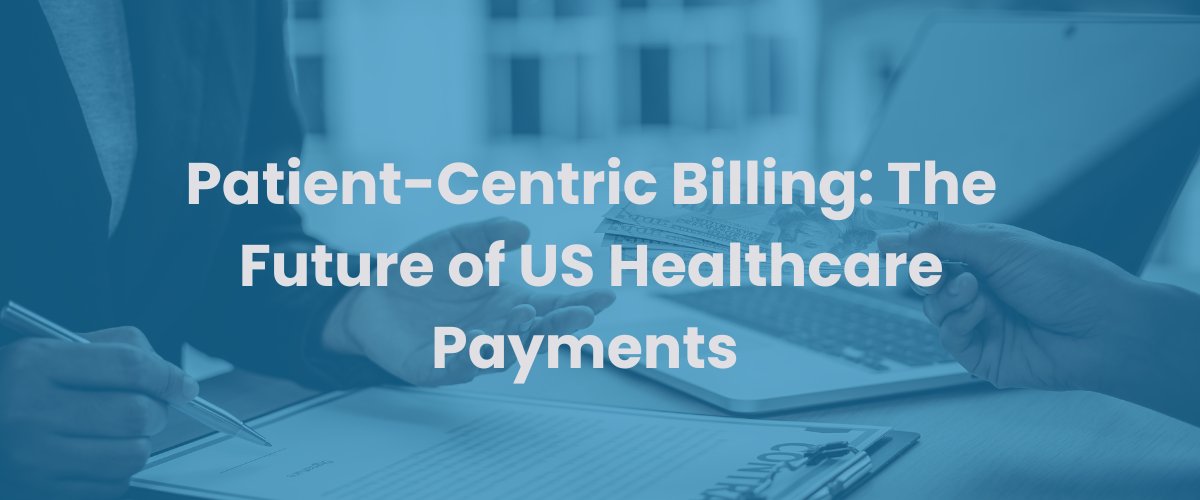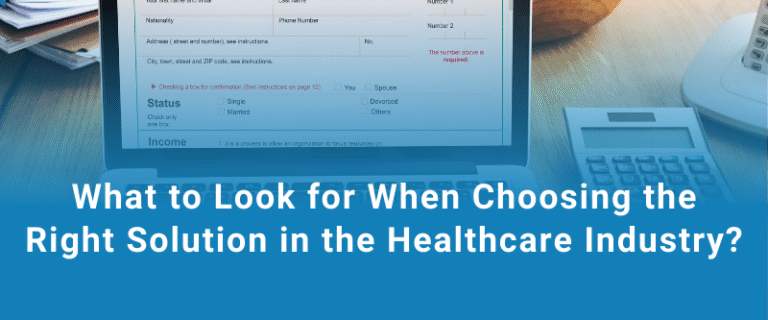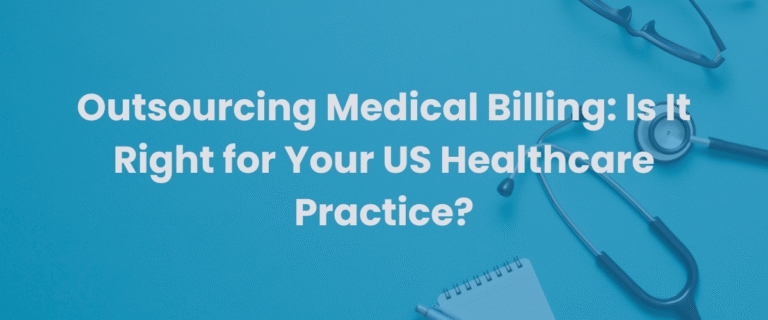The world of healthcare in the US is undergoing a profound transformation, moving beyond just clinical excellence to embrace a holistic approach that places the patient squarely at the center of every experience. This shift is particularly evident in how patients interact with the financial side of their care. The future of healthcare payments in the US isn’t just about processing claims; it’s about embracing patient-centric billing – making the financial journey as smooth, transparent, and compassionate as the medical care itself.
Gone are the days of confusing paper bills and opaque pricing. Today, US healthcare providers are recognizing that a positive financial experience directly impacts patient satisfaction, loyalty, and ultimately, a practice’s revenue cycle management (RCM).
Why Patient-Centric Billing is the Future
In an era where patients are shouldering more of their healthcare costs, their expectations for clarity and convenience have soared. A complex, frustrating billing process can undermine even the best clinical care, leading to delayed payments, strained relationships, and negative online reviews.
Patient-centric billing focuses on:
- Transparency: Patients want to understand what they’re paying for and why.
- Convenience: They expect payment options that fit their digital-first lifestyles.
- Empathy: Financial discussions, especially around large medical bills, require sensitivity and support.
This isn’t just a “nice-to-have”; it’s a strategic imperative for US medical practices looking to thrive in the competitive healthcare landscape of 2025 and beyond.
Key Pillars of Embracing Patient-Centric Billing
So, what does it mean to truly embrace patient-centric billing? It’s a multi-faceted approach that integrates technology, clear communication, and flexible options.
1. Unwavering Price Transparency
The push for transparent pricing in US healthcare has never been stronger. Regulatory mandates, like the Hospital Price Transparency Rule, are just the beginning. Patients are actively seeking upfront cost estimates and clear breakdowns of services.
Actionable Step: Implement tools that provide patients with good faith estimates before services are rendered. This helps manage expectations and reduces post-service “bill shock.” Consider patient portals that allow patients to easily access and understand their personalized cost information.
2. Streamlined Digital Payment Solutions
In 2025, patients expect the same seamless digital payment experience they get from other industries. Paper checks and mailed statements are rapidly becoming relics of the past.
Actionable Step: Offer a variety of digital payment solutions such as online payment portals, text-to-pay options, mobile wallet integration (Apple Pay, Google Pay), and automated payment plans. This not only enhances convenience for patients but also boosts payment collection rates for your practice. Many patients even prefer to receive automated payment reminders via text or email, which dramatically speeds up payments. (Outbound link example: Learn more about the benefits of digital payment solutions from industry leaders like Paymentus).
3. Proactive Patient Engagement and Communication
Communication is king. Don’t wait until a bill is overdue to engage with your patients about their financial responsibilities.
Actionable Step: Begin the financial conversation early – during scheduling or check-in. Verify insurance eligibility in real-time. Use automated reminders for upcoming payments. Offer financial counseling services to help patients understand their insurance benefits, deductibles, and out-of-pocket maximums. A compassionate approach to patient engagement in healthcare payments builds trust and encourages faster resolution of balances.
4. Flexible Payment Options and Plans
Healthcare costs can be substantial, and not every patient can pay their bill in one lump sum. Offering flexible options demonstrates empathy and increases the likelihood of full payment.
Actionable Step: Develop clear and easy-to-understand payment plans that can be tailored to a patient’s financial situation. Consider interest-free financing options for larger balances. Automate the setup and management of these plans through your medical billing software.
5. Integration and Automation for Efficiency
Behind every smooth patient experience is an efficient back office. Leveraging technology to integrate your electronic health records (EHR) with your medical billing system and automate routine tasks is crucial.
Actionable Step: Invest in modern medical billing software that automates claim submission, denial management, and payment posting. This reduces errors, speeds up the entire revenue cycle, and frees up your staff to focus on patient-facing interactions rather than manual paperwork. Tools with AI capabilities can even predict claim denials, allowing for proactive corrections.
Partnering for Patient-Centric Success
Implementing a truly patient-centric billing strategy can seem daunting, especially with the constant changes in US healthcare regulations and payer policies. This is where partnering with expert medical billing services can make all the difference.
Our team is dedicated to helping US practices navigate this evolving landscape. We provide the expertise and technology to ensure your billing processes are not only compliant and efficient but also designed with your patients’ financial well-being in mind. By optimizing your revenue cycle management through a patient-centric lens, we empower your practice to reduce administrative burden, increase collections, and foster stronger patient relationships.
Ready to transform your healthcare payments and elevate your patient experience? Let’s discuss how we can partner for your success. Click here to schedule a consultation with our medical billing experts today!




